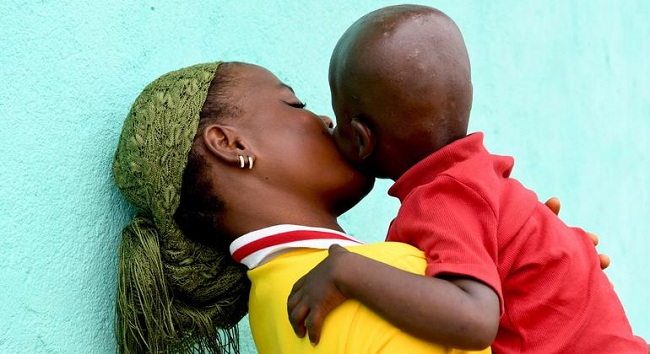THE Elizabeth Glaser Paediatric AIDS Foundation (EGPAF) has canvassed increased HIV programming that focuses on children and adolescents living with HIV/AIDS, saying existing programmes on HIV in the country are adult-biased and start off without any consideration for them.
The Country Manager for EGPAF, Dr Avese Torbunde, speaking at a media briefing in Abuja, said the existing gaps in HIV service delivery for children and the adolescent population are inimical to ending the HIV epidemic by 2030 in Nigeria.
Dr Torbunde stated that although programmes for adults on HIV are doing very well, the country cannot say it has achieved success in its HIV interventions if children and adolescents living with HIV/AIDS continue to be left behind on drug treatment testing, HIV research, and viral load suppression rates.
“We don’t hear about children when drug trials start. Children are talked about much later when things have advanced. But, it is still children who cannot wait. If a child is born with HIV today and you do nothing, half of them would have died before their second birthday.
“The number of children on treatment is about 34 percent, unlike in the general population, which is close to 100 percent. In adults, you see a very high viral load suppression rate, but when you come to children, it is not so.
“We are also seeing children left behind in drug-related research, drug formulations, and donor investments for HIV activities and programmes,” Dr Torbunde.
The National Coordinator of the National AIDS and STDs Control Programme, Dr Adebobola Basorun, represented at the meeting by Dr Peter Nwaokenneya, who put the prevalence of HIV in children at 0.2 percent of the national prevalence, assured that the country is prioritising strategies to improve HIV service delivery for children and adolescents.
According to him, “We have over 2000 health facilities across the country that provide ART services, and as of December 2022, we have 1.9 million people with HIV; 1.6 million of them are on treatment, and over 50,000 of them are children.
“We are reviewing strategies for bridging the gap between the adult population and the child population. In adults, we have made significant progress. But in paediatrics, we have not.”
Professor Rosemary Ugwu, a consultant paediatrician at the University of Port Harcourt Teaching Hospital (UPTH), stated that although the first reported case of HIV in Nigeria was in a 13-year-old sexually active person, until late 2000, there was no drug to treat children with HIV.
He decried that the volume of the medications still led to children with HIV being stigmatised, making it difficult to administer to children because of the unpalatable taste and the multiple times it needs to be taken in a day, among other factors.
